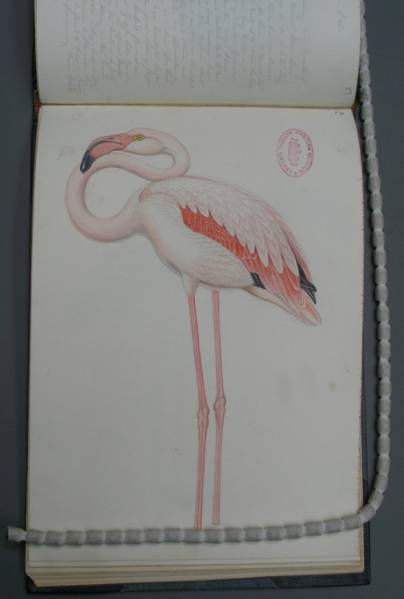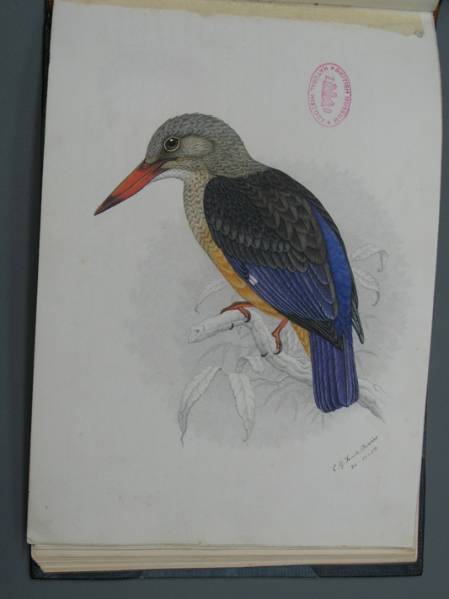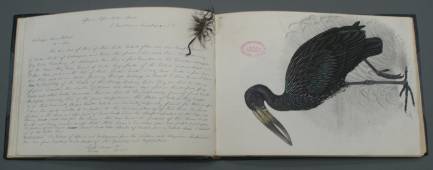Claude Gibney Finch-Davies was born in Dehli, India on 24th May 1875. He became a highly accomplished painter and ornithologist and is regarded as one of the finest bird artists alongside John Gould, James John Audobon and William MacGillivray.
In keeping with customs of the Victorian era, Claude was sent to school in England at the age of six. Here he would remain until he enlisted in the British army in 1893. Claude was posted to various remote places in the Southern Cape of South Africa and this is where his interest in natural history was ignited. He would spend a large amount of his free time hunting, collecting and drawing birds. Even during the South African War, he continued to observe birds, and later used this information to incorporate into his notes.
Claude soon gained a reputation for his ornithological knowledge and people would bring him specimens or reports of sightings. He began to build a professional network with local museums and libraries, particularly the Transvaal Museum in Pretoria. In 1907 Claude joined the South African Ornithologists’ Union and in the same year his first scientific paper was published in its journal.
The photograph below displays his drawings in one of his field notebooks. He provided vast notes about each of his illustrations, making various observations and on some pages even adding a feather from the bird he is depicted to accompany his work. This particular notebook held in the NHM Library's zoology collection was never published. Claude did however provide illustrations for some major publications, for example, Boyd Robert Horsburgh’s Game Birds and Water Fowl of South Africa, 1912.
During the summer of 1915 Claude was sent to Cape Town for medical attention. It is presumed that this is where he met his future wife Aileen Finch. Aileen’s father agreed this marriage could go ahead, on the condition that they kept the name Finch. The couple married on 4th August 1916. They went on to have three children together; William Simon Charles, Bethea Alice, and Hugh Claude.
In 1920 Claude's reputation was threatened when he was accused of stealing plates from books in the Transvaal Museum and the South African Museum in Cape Town. He admitted to this accusation and put it down to ‘collector’s madness’. Despite not being charged he handed over 29 of his beautiful sketchbooks as compensation. The shame and humiliation of these revelations was all too much and he died soon after.
Sarah Sworder
Reader Services Information Assistant





